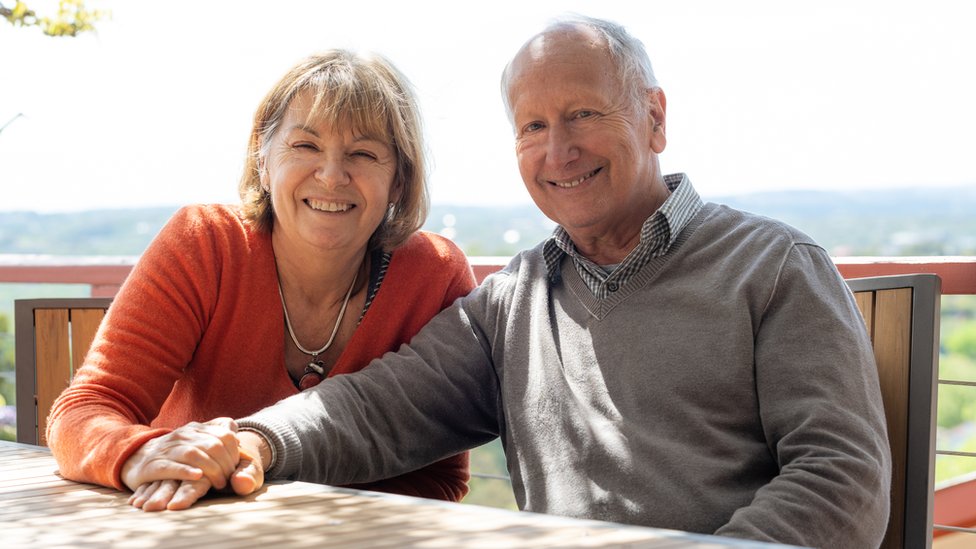As such, Argentinean Luis Caffarelli, a researcher at the University of Texas at Austin, USA, was unveiled this Wednesday, announcing him as the recipient of the 2023 Abel Prize, considered the Nobel Prize in Mathematics.
“For me, this is a great compliment. Messi is in complete control of the ball. In my case it would be the control of equations,” Caffarelli told BBC Mundo hours after it was revealed that he had won the important award.
The Norwegian Academy of Sciences and Letters has identified Caffarelli’s contributions as “fundamental” to “the development of partial differential equations” describing the behavior of a large number of natural phenomena, such as the expansion of heat or the circulation of fluids.
These equations also serve to explain social phenomena such as population growth.
Thus, Luis Caffarelli became the first South American to achieve such recognition. A doctor of mathematics from the University of Buenos Aires, the 74-year-old Caffarelli left Argentina in 1973 to develop his research career at various institutions in the United States.
The mathematician spoke to BBC Mundo from his office at the University of Texas.
can you explain in a simple way, what differential equations consist ofAndto which he dedicated his research career?
Let’s imagine that mathematically we have two areas, A and B. The equation allows us to see how A develops in relation to B, based on how the density of one of the two quantities manifests itself.
In this sense, we can see how, as matter A appears, it absorbs matter B. The equation can be applied to many cases.
One of the given examples To his job is to apply thisYes the equationin learning ice melts in water. What is it about?
Let’s imagine that we have water in a bucket, into which I drop a piece of ice. The question is how this piece of ice will develop.
At first glance, it is clear that the ice will melt, the ice will become liquid, rounded, because those parts of the ice that are more in contact with water thaw faster.
Therefore, one can observe the evolution of that piece of ice, which disappears upon contact with water. There is water and ice in this equation, and the conclusion depends on how the temperature is distributed and how the passage of time affects the piece of ice.
WhatAnd How can apply this equation, for example, to population growth?
For example, if we have a segment of the population with white people and another with black people.
At first, the black minority lives crowded in one part, but as they acquire money and power, they begin to encroach on the space occupied by the white population.
This is a general idea of how object A – we don’t need to give it a name – changes depending on object B, which has a certain density.
How oncio Are you curious about math?
As a child, my parents helped me, even my younger sister. Naturally, once you get into this topic, you will want to drive more. I went to the National College of Buenos Aires where everyone was very dedicated. Later I advanced thanks to the university, I wanted to further advance in this science.



What is it about mathematics for you? charming?
The answer is not so sensational. Mathematics is an important thing for me, as it is for everyone who does something interesting.
You end up focusing on it and dedicating time to it all day long. This is natural, there is nothing exceptional about it.
WhatYouDo you have unresolved questions?
Well, I always have three or four questions that I find it difficult to move on to. Knowledge is not a light that appears all at once. For me, and for many people involved in science, it is important to make a contribution that can help others or advance ideas.
could tell us someTo from these four questions earrings?
For example, you need to understand how a solid value breaks up. There are also questions related to the study of pressure, what kind of pressure can be formed inside the domain.
Other questions, rather abstract, perhaps just written on a piece of paper, allow you to come up with new ideas. That’s why I think it’s worth the effort to continue the investigation.
remember, that you can receive notifications from BBC Mundo. Download the new version of our app and activate them so you don’t miss out on our best content.
Source: La Opinion
Alfred Hart is an accomplished journalist known for his expert analysis and commentary on global affairs. He currently works as a writer at 24 news breaker, where he provides readers with in-depth coverage of the most pressing issues affecting the world today. With a keen insight and a deep understanding of international politics and economics, Alfred’s writing is a must-read for anyone seeking a deeper understanding of the world we live in.
